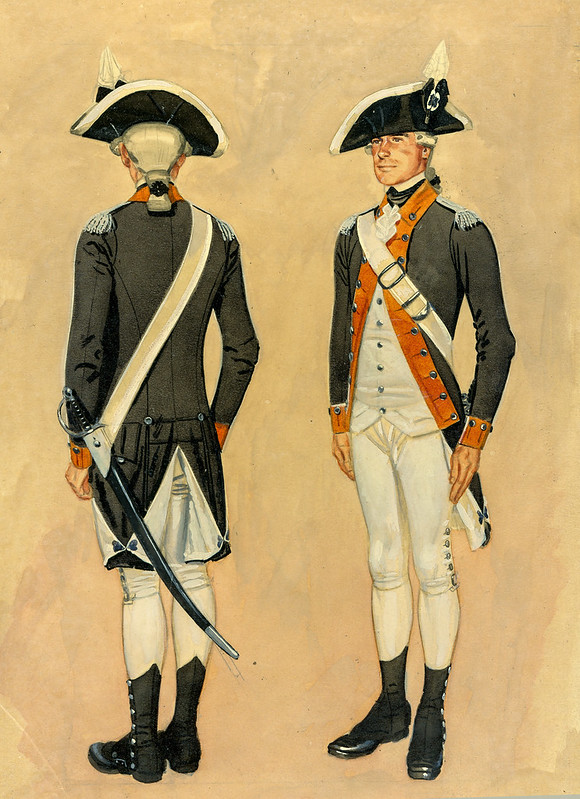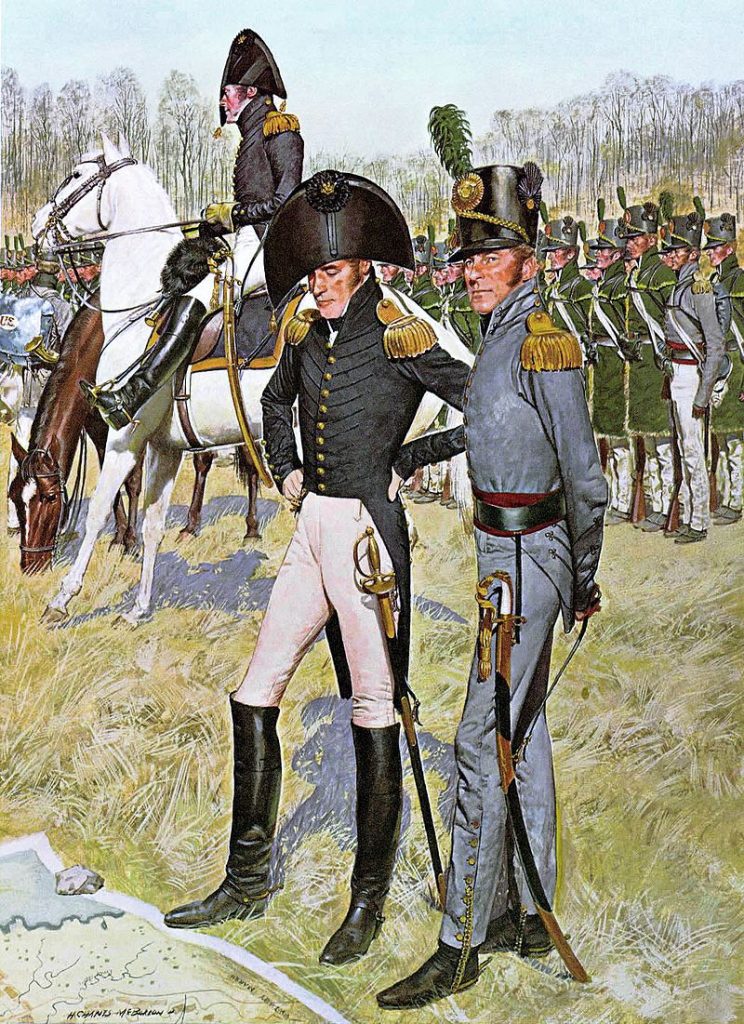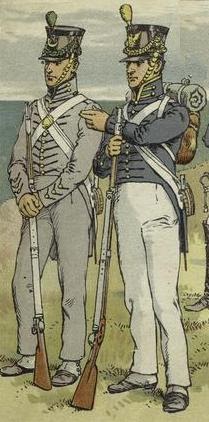| Regular Army (United States) |
| Permanent, professional land-based military force of the United States |
| Origins | Succeeded the Continental Army as the country’s permanent military force |
| Modern Usage | Refers to the full-time active component of the United States Army |
| Components | Distinguished from the Army Reserve and the Army National Guard |



After the American Revolutionary War ended in 1783, the Continental Army was disbanded due to the new nation’s distrust of maintaining a large standing military force. However, the U.S. soon realized it needed a permanent army to defend its borders and interests.
Formation of the First American Regiment (1784)
On June 3, 1784, the day after the Continental Army was reduced to just 80 men at West Point, the Congress of the Confederation established the First American Regiment. This unit was to be raised and officered by obtaining volunteers from the militias of several states.
The First American Regiment, commanded by Josiah Harmar, was tasked with three key missions stemming from the 1783 Treaty of Paris:
- Receive British garrisons west of the Ohio River and garrison some of those forts.
- Control the flow of American settlers into the Northwest Territory.
- Attempt to control clashes between Native American tribes and the settlers.
Growth and Reorganizations (1784-1796)
Congress gradually increased the authorized strength of the military establishment from just 700 men in 1784 to 5,104 by 1793 as conflicts arose with Native American tribes in the Northwest Territory.
The First American Regiment underwent several reorganizations and name changes in this period:
- In 1789 it was called the Regiment of Infantry
- In 1791 it became the 1st Infantry after the 2nd Infantry was raised
- In 1792 it was designated the Infantry of the 1st Sub-Legion of the Legion of the United States
- In 1796 it reverted to being called the 1st Infantry Regiment
Northwest Indian War (1785-1795)
The First American Regiment and later infantry regiments saw their first major combat in the Northwest Indian War against Native American tribes resisting American expansion into the Northwest Territory.Key battles included the disastrous defeats of Harmar’s forces in 1790 and St. Clair’s forces in 1791 against Miami Chief Little Turtle and his confederacy. These losses highlighted the need for a better trained, disciplined regular army force.
Buildup to War of 1812
In January 1812, with the threat of war with Britain looming, Congress authorized expanding the army to 25 infantry regiments of equal strength, up from just a handful previously. When war broke out in June 1812, the U.S. Army numbered around 35,000 men, including regulars and militia, to fight the powerful British forces. However, many of these troops were inexperienced recruits. The origins of the Regular Army from 1784-1812 were thus marked by the transition from the disbanded Continental Army to a small permanent infantry force tasked with frontier duties. Conflicts like the Northwest Indian War necessitated growing this force, setting the stage for the expansion to fight the War of 1812 against Britain. This period laid the foundations for the professionalization and growth of the modern U.S. Army.